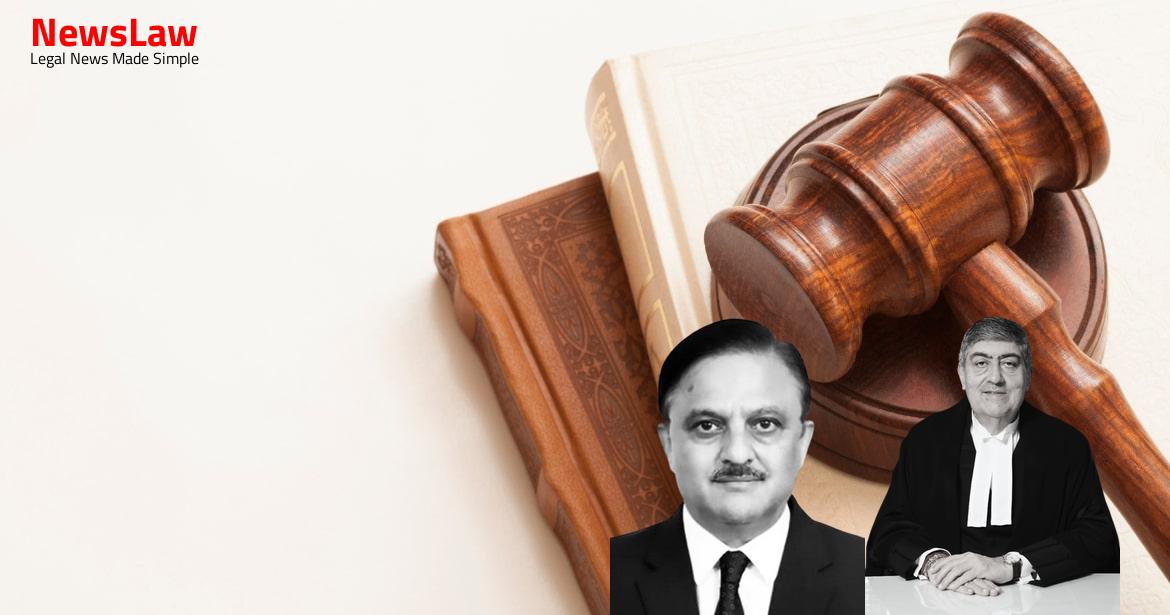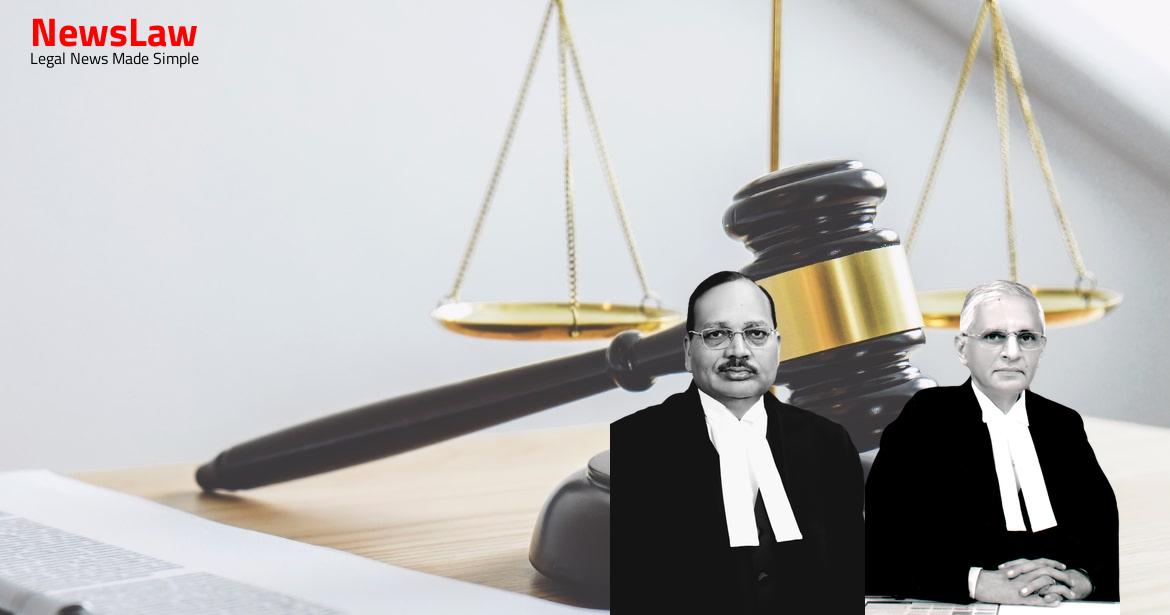The case of State of Chhattisgarh vs. Ravishankar Tandon (Accused Persons) involves a legal battle where the State charged several individuals with heinous crimes under the IPC. However, the recent judgment by the High Court has reversed their conviction due to insufficient evidence to prove their guilt beyond a reasonable doubt. The accused persons’ rights to a fair trial and presumption of innocence have been upheld in this significant legal outcome.
Facts
- Accused persons (Nos. 1, 2, and 4) charged with offences under IPC Sections 302, 120B, and 201, while accused No. 3 was charged with offences under Sections 302 and 120B.
- Accused No. 1, 2, and 4 strangulated the deceased to death and concealed the body in a jute sack after tying it with his clothes.
- Appellants confessed during police interrogation about committing the murder by strangulation and disposal of the body in a pond at Village Bhatgaon.
- Interrogations revealed a conspiracy among accused to murder the deceased for a sum of Rs.90,000.
- Police recovered the dead body from the pond at Bhatgaon based on appellant statements.
- Multiple witnesses testified during the trial, and prosecution presented 37 documents to prove the guilt of the accused.
- Accused pleaded not guilty and opted for trial.
- FIR lodged after the deceased went missing, and post-mortem report confirmed death by asphyxia due to strangulation.
- The present appeals challenge the judgment and order dated 2 January, 2023 passed by the Division Bench of the High Court of Chhattisgarh at Bilaspur
- The trial Court found that the prosecution had proved the case against the appellants beyond reasonable doubt, leading to their conviction
- Accused Nos. 1, 2, and 3 were convicted for offences under Sections 302, 120B, and 201 of the IPC, while Accused No. 4 was convicted under Sections 302 and 120B
- All the accused were sentenced to undergo imprisonment for life along with fines
- The Division Bench of the High Court dismissed the criminal appeals preferred by the appellants and upheld the order of conviction and sentence passed by the trial court in Sessions Trial No 10 of 2012
Also Read: UCO Bank v. Borrower: Dismissal of Writ Petition
Arguments
- The prosecution failed to prove any incriminating circumstances beyond reasonable doubt.
- The prosecution did not establish a chain of proven circumstances leading to the guilt of the accused persons.
- Shri Pranav, learned Dy. AG representing the respondent-State, argued that both the High Court and the trial court have unanimously concluded that the prosecution has successfully proven the case beyond a reasonable doubt.
- He emphasized that the trial court and the High Court’s findings are based on a thorough evaluation of the evidence presented, leading to the conclusion that no interference is necessary.
- The prosecution’s case is built on circumstantial evidence, and hence the appeals should be accepted, with the judgments and convictions being overturned.
Analysis
- The expression ‘fact discovered’ under Section 27 of the Indian Evidence Act includes the place from which an object is produced and the accused’s knowledge about it.
- The law on conviction based on circumstantial evidence requires a complete chain of evidence, eliminating all reasonable doubt of the accused’s guilt.
- The information disclosed must be free from compulsion and relate distinctly to the fact discovered.
- The circumstances leading to the conclusion of guilt must be conclusively established, excluding all alternative hypotheses of innocence.
- The principle laid down in Hanumant v. State of Madhya Pradesh outlines the strict requirements for a case based on circumstantial evidence.
- The discovery of a fact must include the object found, its place of production, and the accused’s knowledge about it.
- There is a legal and grammatical distinction between ‘may be proved’ and ‘must be or should be proved’.
- Suspicion, no matter how strong, cannot replace proof beyond reasonable doubt in establishing guilt.
- The statements of witnesses and accused persons indicate that the police and witnesses were aware of the death of Dharmendra prior to the accused persons’ statements being recorded under Section 27 of the Evidence Act.
- The timing discrepancies between when the police informed the witnesses about the murder and when the accused persons’ statements were recorded raise doubts on the validity of the information provided.
- It is noted that the prosecution failed to establish that the discovery of the dead body was solely based on the accused persons’ disclosure statements.
- The witness Ajab Singh admitted to signing papers without reading them and the possibility of manipulation in creating documents cannot be ruled out.
- The evidence does not conclusively establish that the accused persons’ statements under Section 27 led to the discovery of the dead body.
- The investigating officer’s testimony was silent on the specific information provided by the accused persons that led to the discovery of the dead body.
- It is highlighted that the information obtained under Section 27 should be directly related to the fact discovered and not general statements.
- The prosecution failed to prove beyond reasonable doubt that the recovery of the dead body was solely based on the accused persons’ statements.
- The rationale behind Section 27 is to ensure the reliability of the information provided by linking it directly to a discovered fact, which was not clearly established in this case.
- Prosecution failed to prove any incriminating circumstances against the appellants
- Chain of circumstances must be complete to lead to the guilt of the accused, which is not the case here
Decision
- The appeals are allowed
- The judgments passed by the High Court and the trial court are quashed and set aside
- The appellants are directed to be acquitted of all charges and released forthwith if not required in any other case
- Pending applications shall stand disposed of
Case Title: RAVISHANKAR TANDON Vs. STATE OF CHHATTISGARH (2024 INSC 299)
Case Number: Crl.A. No.-003869-003869 / 2023



